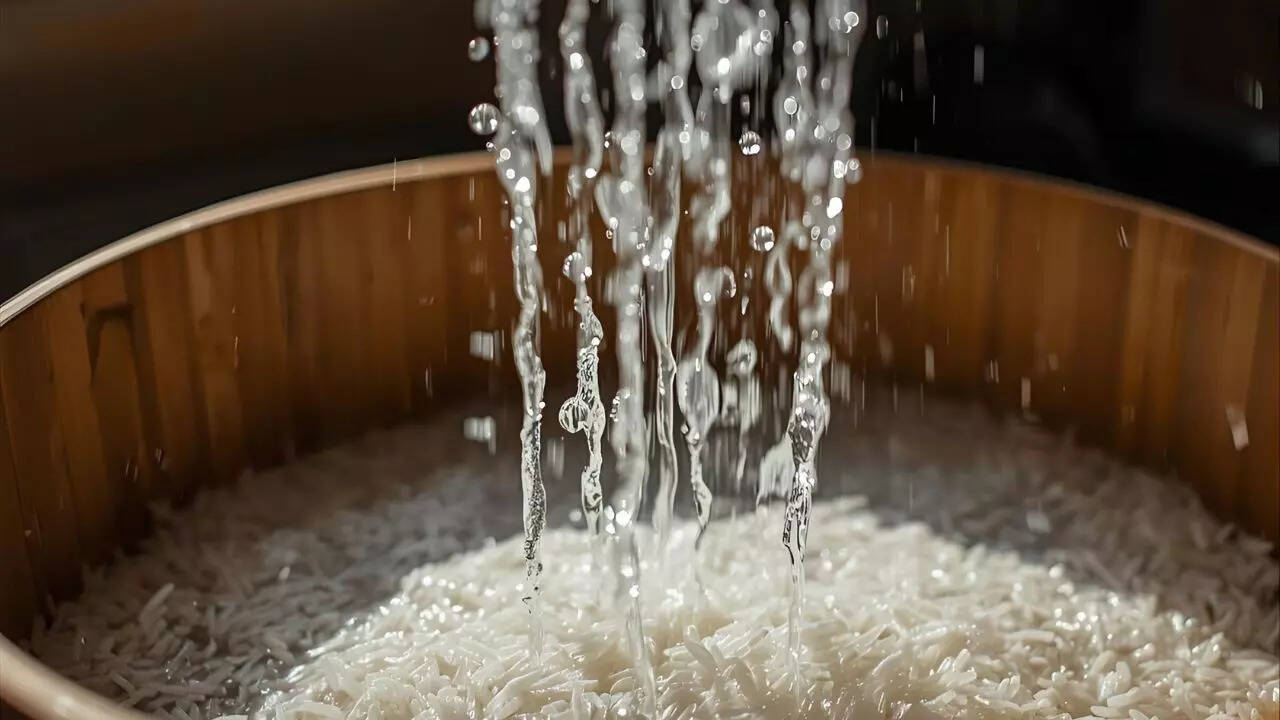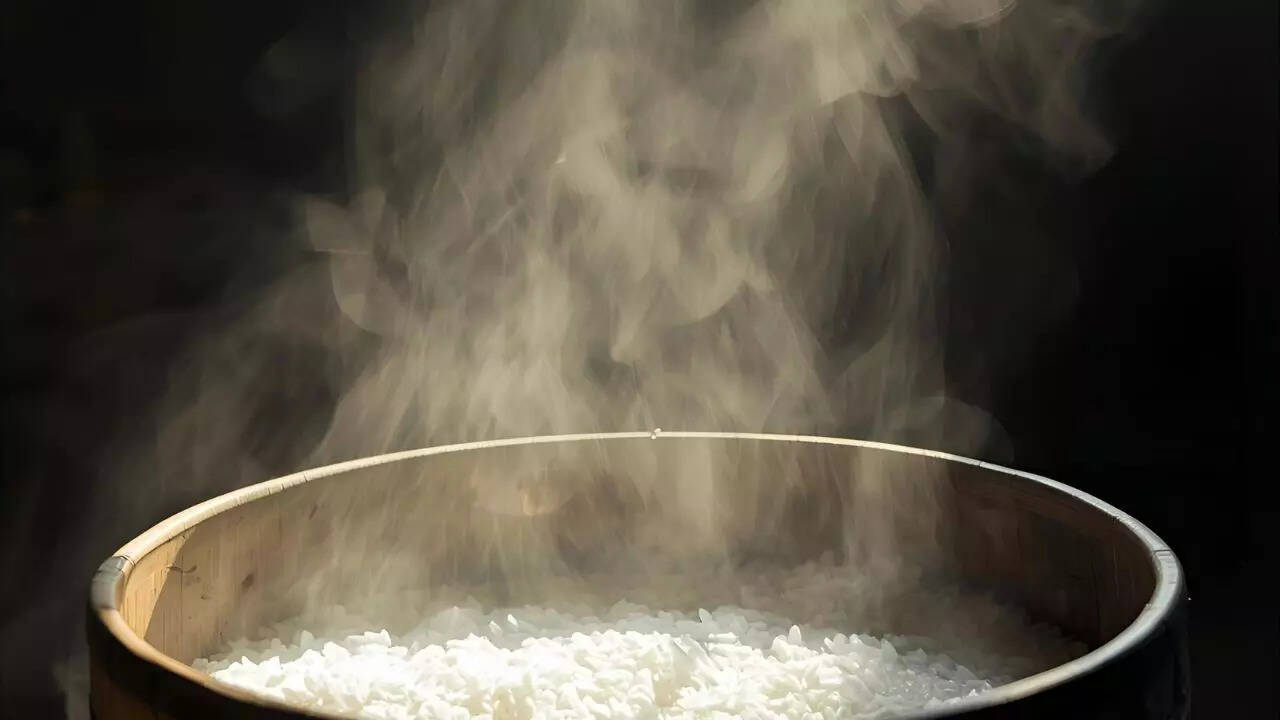Rice is the heart of Indian cuisine, whether it’s a fragrant biryani, comforting khichdi, or simple dal-chawal combo. Yet one question puzzles many home cooks: how many times should you rinse rice for the best results? Washing rice correctly affects texture, aroma, and taste, making it an essential step in Indian kitchens.Rinsing rice removes excess starch, dust, and residues from processing. Too little rinsing can make rice sticky and clump together, while over-rinsing can wash away natural nutrients and aroma. Understanding the proper technique ensures fluffy, separate grains every time.This guide breaks down why rinsing rice matters, how many times to rinse different Indian rice varieties, and expert tips to perfect your kitchen skills. With these easy steps, you will transform everyday rice into a dish that looks and tastes like it belongs in a restaurant.
Why rinsing rice improves Indian dishes
Rinsing rice is essential to remove surface starch, dirt, and any chemical residues. Excess starch can make rice sticky, affecting the texture of Indian dishes like pulao, biryani, and fried rice. Proper rinsing ensures hygiene and enhances the natural aroma of rice, resulting in fluffy, separate grains.
How many times should you rinse rice for Indian cooking

For most Indian rice varieties, rinsing two to three times is ideal. Long-grain varieties like basmati may need three to four rinses for extra fluffiness, while short-grain or sticky rice requires minimal rinsing to retain starch for texture. Stop rinsing when the water runs clear or is almost clear.
Step-by-step guide to rinsing rice for Indian kitchens
- Measure and place rice in a bowl: Use a clean bowl suitable for rinsing.
- Add water and swirl rice: Gently stir rice with your fingers to loosen starch.
- Drain milky water: Carefully pour out the water without losing grains.
- Repeat rinsing: Refill with fresh water and rinse two to three times or until water is mostly clear.
- Optional soaking: Soak rinsed rice for 20–30 minutes to improve texture, especially for basmati.
Tips for rinsing rice for Indian recipes

- Do not over-rinse: Over-rinsing can remove nutrients and aroma.
- Use cold water: Preserves delicate grains and prevents breaking.
- Match rinsing to rice type: Biryani requires extra rinsing, khichdi needs minimal rinsing.
- Strain carefully: Use a fine mesh strainer to avoid losing grains.
Common mistakes when rinsing rice in Indian kitchens
- Skipping rinsing: Results in sticky, clumpy rice.
- Using too much force can break delicate grains like basmati.
- Ignoring water clarity: Cloudy water indicates starch is still present and needs more rinsing.
Rinsing rice correctly is a simple step that makes a big difference. Two to three rinses are usually sufficient for most Indian rice varieties. Following these tips will ensure fluffy, aromatic, and hygienic rice every time, elevating your everyday meals and special recipes alike.Disclaimer: This article is for general informational purposes only. Rice quality, water type, and cooking methods may affect results. Adjust rinsing and soaking times based on personal taste and rice variety.Also read| Make authentic kimchi at home in minutes; beginner-friendly recipe inside

